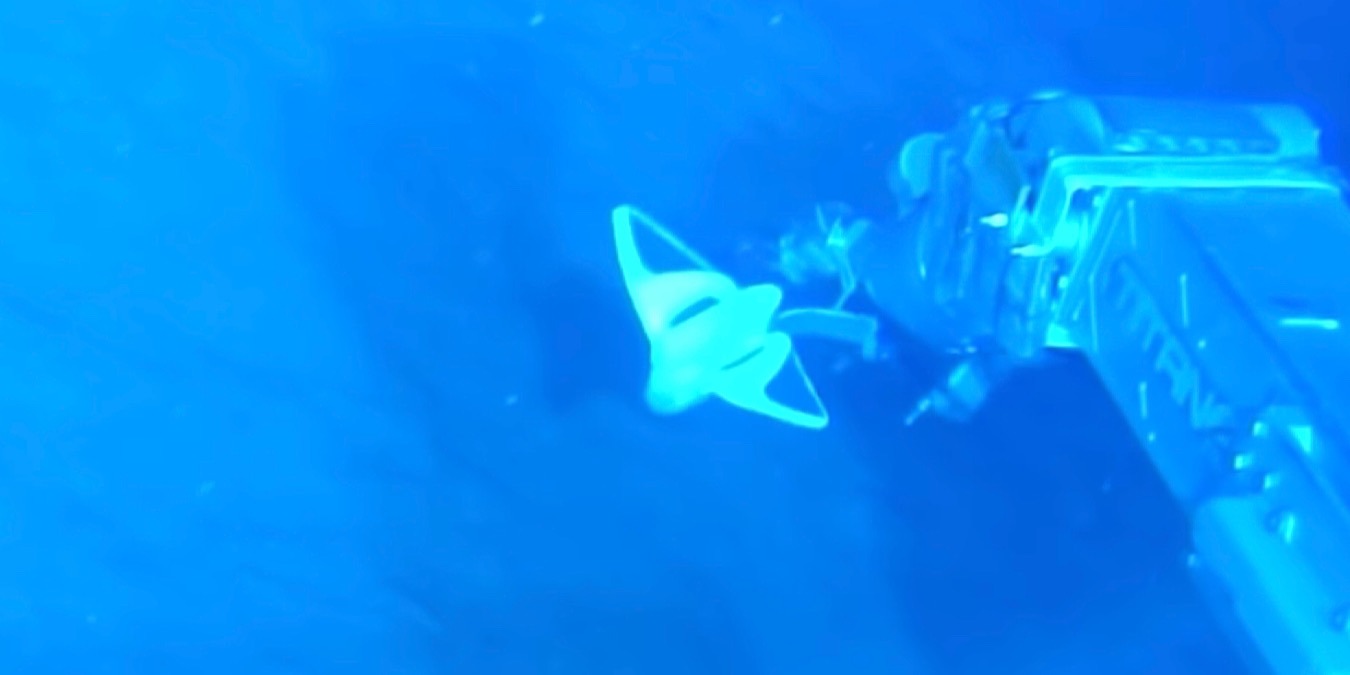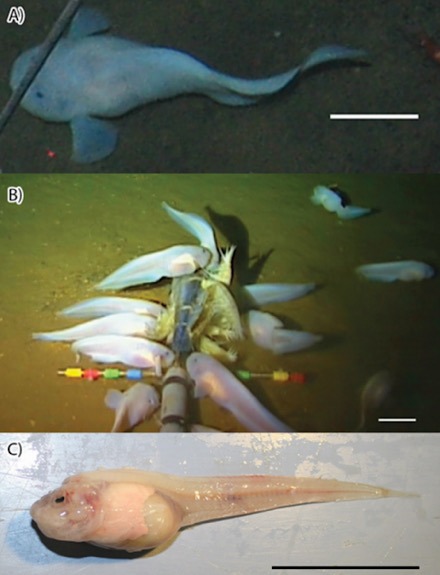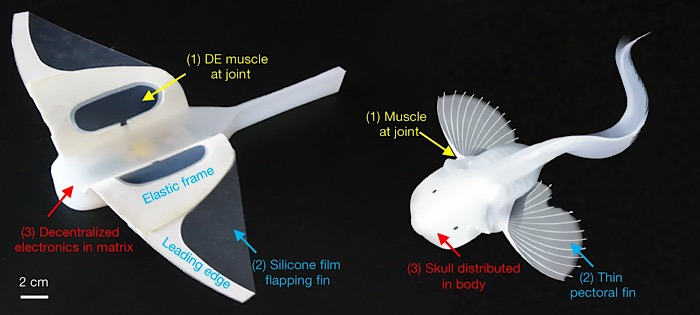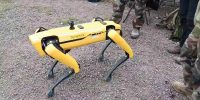
We’re in an era where we are being inundated with robots. A robot dog is being used any number of ways, including training troops for battle. Now there’s a robot fish that can explore the depths of the ocean a human can’t reach.
Robot Fish that Can Handle the Pressure
The robot fish doesn’t have a cutesy name like /the robot dog (Spot), but it’s almost more cuddly (if there were a way for a fish to be cuddly).
Some of the deepest ocean regions are unexplored. Much of this is because of the low temperatures and tremendous pressure. Any equipment used is required to be protected inside metal or ceramic to withstand the elements. It’s all too difficult to work with.
A new self-powered robot fish can go places normal deep-sea exploration can’t. A recent paper published in the Nature journal reported that the robot fish was able to explore the Mariana Trench. Known as the deepest area of the Pacific Ocean, it has a depth of almost 6.8 miles.

To give you an idea of the pressure in the Mariana Trench, it’s more than a thousand times the surface of the ocean. While people can’t survive that, some sea animals and fish have adapted to the conditions. One of these fish is the hadal snailfish. Its form and skull structure are said to have been an inspiration for the robot fish.
What allows the robot to withstand the elements is a compliant polymer construction that deforms under the high pressure yet doesn’t break. In Hangzhou, China, researchers embedded delicate electronic components needed for power, movement, and control of the fish in silicone to protect them. The components are even more resilient to pressure, as they are kept separate, similar to snailfish skull bones.
The design team went so far as to duplicate the looks of the snailfish. It has a long body and tail and two tailfins. The flapping of the fins propel the robot fish along. The muscles are constructed with dielectric elastomers, a type of s,mart material that contracts with electrical voltage. This creates the large movements. The flapping motion of the fins comes from dielectric elastomer elements shaped like disks. Soft artificial muscles operate the fins.

The robot fish is about 8.7″ long with a wingspan of about 11″. Despite the small size, it requires high voltage to move. The lithium-ion battery voltage is multiplied more than a thousand times by a compact high–voltage amplifier. Remote control is allowed by an infrared receiver.
Computer studies and lab testing were conducted on propulsion and how the electronics held up under the pressure. A deep lake and the South China Sea were used for free-swimming field tests. For tests in the Mariana Trench, the fish robot was mounted to a deep-sea lander, so it wasn’t swimming on its own accord.
The Future of the Robot Fish
It’s unknown where this research with the robot fish will lead. It wasn’t allowed to maneuver on its own in the deepest water, and when it was on its own, it was slow and difficult to maneuver. The researchers already have design improvements in mind.
But the evolution of robots, and certainly animal robots, is an exciting one, especially in this age of COVID-19, when people want to keep as much distance as possible, And if they can go places humans can’t, that’s all the better.
Read on to learn how robots are being deployed to help out in restaurants.
Image Credit: Design and Fabrication of Soft Robot , Chinese Researchers Develop Soft Robot for Deep-Sea Exploration , and Pseudoliparis swirei










